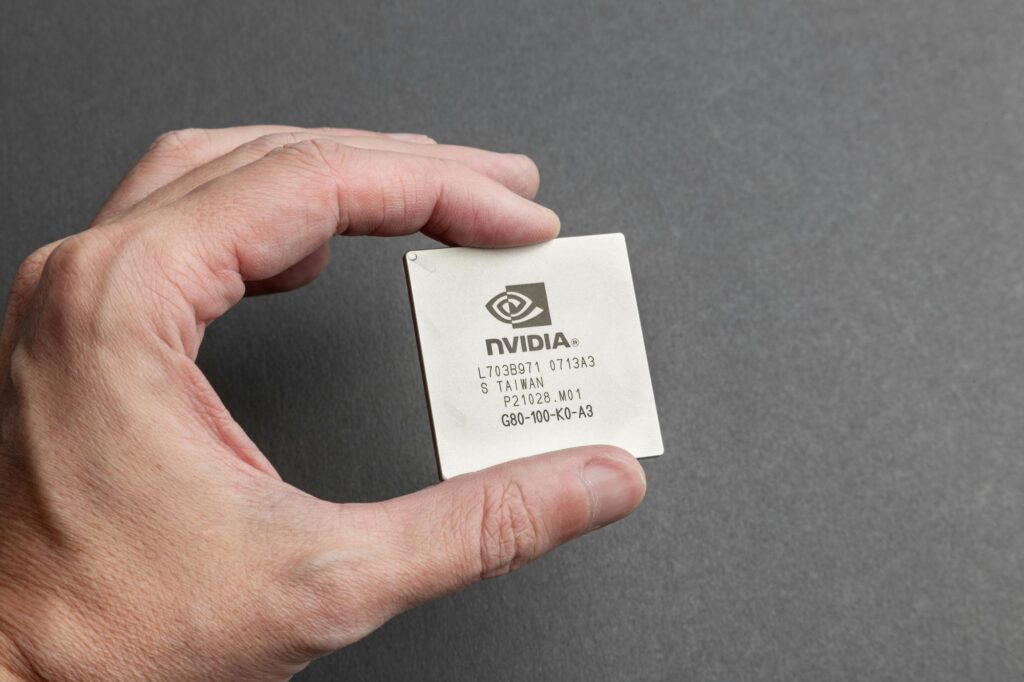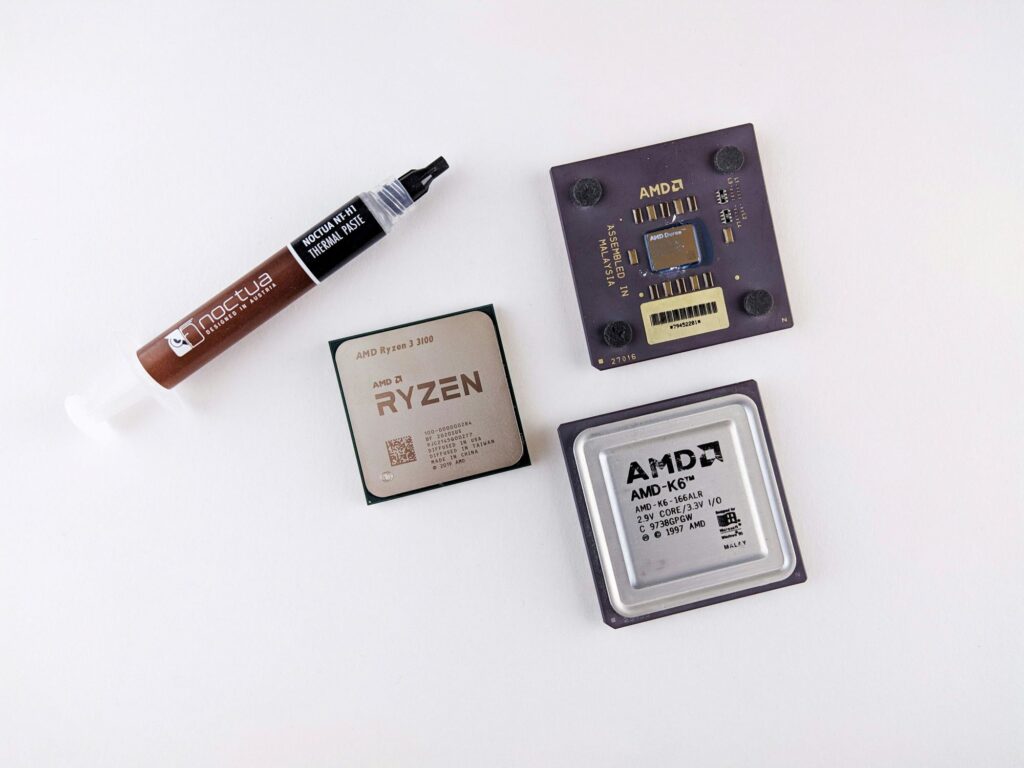Laptop GPUs (Graphics Processing Units) play a crucial role in delivering visuals and enabling tasks like gaming, video editing, and 3D rendering. However, GPU failures or issues can disrupt these activities, leaving users uncertain about repair options. In this article, we’ll explore whether repairing a laptop GPU is feasible, identify common issues, and provide actionable solutions to help you make informed decisions.

What Is a Laptop GPU?
A laptop GPU is responsible for processing and rendering images, videos, and animations. It enhances graphical performance, especially in resource-intensive applications like gaming or video editing. There are two main types of laptop GPUs:
- Integrated GPU: Built into the CPU, it shares system memory. Integrated GPUs are less powerful and commonly found in general-use laptops.
- Dedicated GPU: A separate hardware component with its own memory, dedicated GPUs offer superior performance and are preferred for graphics-intensive tasks.
Common GPU Problems
Laptop GPUs are complex components susceptible to various issues:
- Overheating:
- Prolonged use or inadequate cooling can lead to overheating, causing the system to throttle performance or shut down unexpectedly.
- Driver Problems:
- Corrupt or outdated drivers can result in poor performance, display errors, or even system crashes.
- Physical Damage:
- Damage to GPU components or solder joints due to wear and tear or accidental drops can disrupt functionality.
- Hardware Failures:
- Failures in the GPU chip or related components can lead to screen artifacts, black screens, or system instability.

Can a Laptop GPU Be Repaired?
Repairing a laptop GPU largely depends on its type and the nature of the issue:
- Integrated GPUs:
- These GPUs are embedded within the CPU and cannot be repaired or replaced separately. Fixing issues often requires motherboard replacement.
- Dedicated GPUs:
- Dedicated GPUs are often soldered onto the motherboard, making repairs highly complex. In some cases, professional technicians can re-solder or replace the GPU, but this is expensive and may not guarantee long-term reliability.
Effective Solutions
Software-Based Fixes
- Update or Reinstall Drivers:
- Visit the GPU manufacturer’s website (e.g., NVIDIA, AMD, or Intel) and download the latest drivers. Ensure compatibility with your operating system.
- Check System Settings:
- Ensure the GPU is properly configured in the BIOS/UEFI settings.
- Run Diagnostics Tools:
- Use software like GPU-Z or built-in diagnostic tools to identify performance issues.
- System Restore:
- Revert the system to a previous stable state if problems arose after a software update.
Hardware-Based Fixes
- Cleaning and Reapplying Thermal Paste:
- Dust and degraded thermal paste can hinder cooling. Clean the GPU and reapply thermal paste to improve heat dissipation.
- Reseating the GPU (For Modular GPUs):
- If your laptop features a modular GPU (rare in modern designs), reseat it carefully to ensure proper connection.
- Repairs by Professionals:
- For physical damage or advanced issues, consult a certified technician who can perform reballing (re-soldering the GPU) or other repair techniques.
Alternative Options
- Use an External GPU (eGPU):
- External GPU enclosures can provide enhanced graphics performance without requiring internal repairs. This option is viable if your laptop supports Thunderbolt or USB-C connections.
- Replace the Laptop:
- If repairs are impractical or cost-prohibitive, investing in a new laptop may be a better choice.
Data-Rich Comparison Table
| Aspect | Integrated GPU | Dedicated GPU |
| Performance | Moderate | High |
| Repair Feasibility | Motherboard replacement | Complex; requires expertise |
| Cost of Repair | High | Very high |
| Upgrade Possibility | No | Rare (in modular designs) |
Conclusion
Repairing a laptop GPU can be challenging, especially if it’s soldered onto the motherboard or embedded within the CPU. While software troubleshooting and professional repairs are viable for some issues, upgrading to an external GPU or a new laptop may sometimes be the best course of action. Evaluate the costs and benefits carefully to determine the most practical solution for your needs.
If your GPU issue persists, consulting a professional technician is highly recommended.

